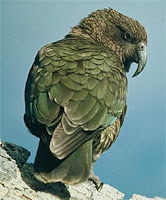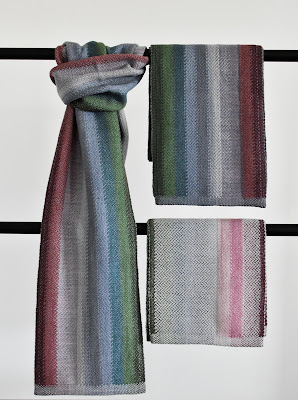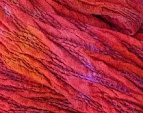The New Zealand kea is an endemic parrot found in the South Island's alpine environments.
Kea are a protected species. They are rated as one of the most intelligent birds in the world.
To survive in the harsh alpine environment kea have become inquisitive and nomadic social birds - characteristics which help kea to find and utilise new food sources.
Their inquisitive natures often cause kea to congregate around novel objects and their strong beaks have enormous manipulative power.
Being lazy (or rushed for time) I've uploaded this information from Department of Conservation web site.
Kea blankets, soon to be available from Pauanesia, Auckland.
A while back I thought to use up some of the stash in an autumn blanket. A friend said Nice blanket but I can tell you, you can't see a gap in the stash!
There were 28 chains of different yarns and colours. I new I had to mix them up to alleviate the different shrinkage rates. I didn't do too bad except the two chains I put together right in the centre and neither of them shrank as much as the rest. No one will see when snuggled up to keep warm but I can't sell this.
Do the colours remind you of the Kea?
Exciting news. This blog is going on holiday so after many adventures in Tuscany I'll tell you all about them in October.
Now to pack the suitcase.






















